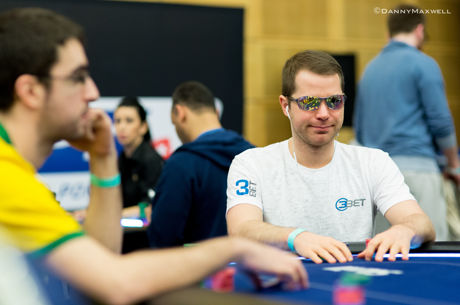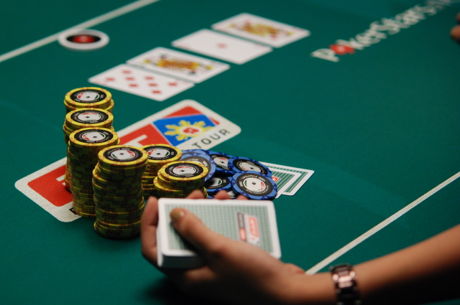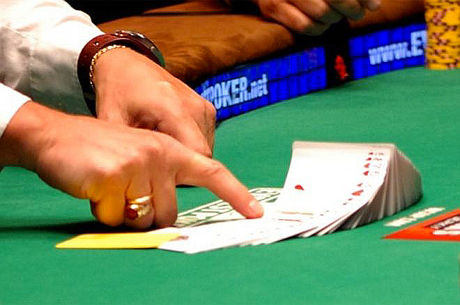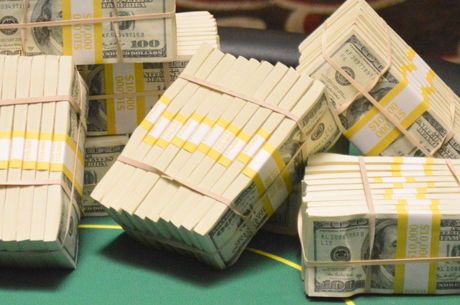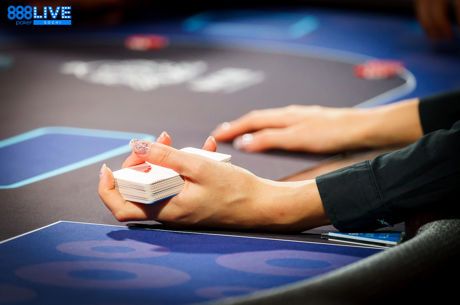Strategy Vault: Christian Harder on Playing Preflop with Small Pairs in Tournaments
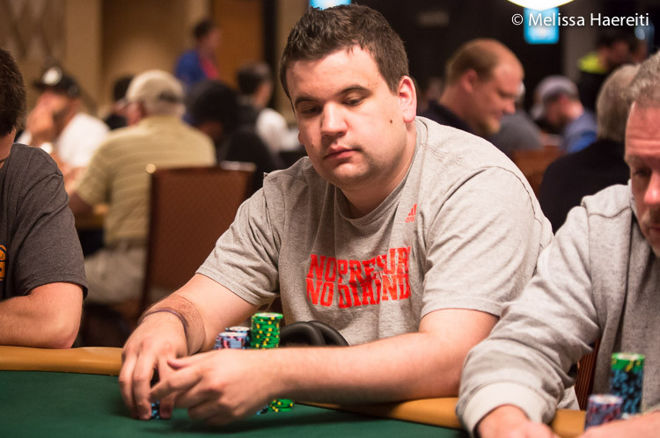
Digging deep into the PokerNews strategy archives can unearth some buried treasure for seekers of strategy gems. This edition of the Strategy Vault reaches back a few years to share a conversation with poker pro Christian Harder about how best to approach preflop decisions with small pocket pairs in tournaments.
PokerNews: First, let's talk about early position, early in a tournament when stacks are 100 big blinds deep. Limp, raise, or fold with small pocket pairs? What goes into your decision-making?
Christian Harder: Well, early in tournaments, at most tables, I’d just raise. It depends on your table, though. Against good, tight-aggressive players, small pocket pairs don’t play well when you’re out of position. Ideally, early in a tournament, you want to play versus as many players as possible with small pairs. A beginner at some tables may feel more comfortable limping, and that’s fine, unless your limps are getting raised a lot. Then it’s not a good idea. You should just raise or fold small pairs in early position if that’s the case.
In late position, early in tournaments, should you ever three-bet with small pairs?
Generally, I wouldn’t. As I said, you want to go to the flop with multiple players, and that will likely get it heads-up.
So how does this change as the stacks get more shallow, deeper in tournaments?
As the stacks get shallower and you get deeper in a tournament, you can no longer "set mine," as it’s freaking hard to hit a set! It becomes harder to turn a profit calling with small pairs, so you have to either fold them, or, at the right time, it’s a decent hand to three-bet as a bluff versus certain players.
What considerations do you need to make in order to know it is profitable enough to set mine?
It depends on the tightness of the opener. The looser they are, the more effective big blinds you need to call. [Ed. note: The "effective" stack refers to the smallest stack among players involved in a hand — i.e., the most that can be won by set mining.]
This is because you have less implied odds because their preflop range is looser; therefore, they will miss the flop more often and give you less chips when you hit a set. Generally, you need to be about 40 big blinds effective assuming they are opening to three big blinds or fewer.
So at an aggressive, three-bet happy table, should you be mostly folding small pairs in early position?
Yes, unless you’re prepared to four-bet them — but for the most part, yes, you should. Opening with the intention of four-betting can get you in some trouble [laughs].
Can you explain in more detail what types of players you would three-bet bluff against, and why small pairs are decent to do it with?

I’d three-bet aggressive players in position who aren’t [inclined to] call or aren't four-bet happy, or I would three-bet tighter players who will only continue with very big hands.
Three-betting small pairs are decent hands to do it with, because you have some showdown value if called. You have a pair after all! Plus, hitting a set in a reraised pot is very disguised. But in general, I’d rather three-bet a hand like 10x8x-suited because it flops better and it’s easier to maneuver with postflop.
What about three-betting from the blinds with small pairs? When is that an option?
For the most part, it’s likely not a great idea because in the big blind, you can just call and it’s most likely just fine and profitable to do so. And if you three-bet and get called, you’re out of position and it’s hard to play postflop.
That makes sense. They’re going to call a reraise probably pretty light in position and they're always going to have huge equity against your hand. But doesn't calling still put you in a bad situation, too?
It does, but it depends on stack depth. If you’re deep, it’s a no-brainer call. If you’re under 25 big blinds, and they are aggressive, you can just go all in. But generally, if they’re going to open smallish, you’re getting such good odds preflop you can call.
When you are short stacked with a small pair, when is it right, if ever, to shove in early position?
With small pairs like pocket 2x2x through 6x6x, I’d probably open-shove in early position with up to 10 to 12 big blinds. I mean, it depends on your table. If you have a good image and aren’t going to get called light, you can shove maybe up to 15 big blinds? Generally though, I’d only shove up to 10 to 12 big blinds with small pairs in early position.
You sometimes hear pros talk about shoving from late position with bigger stacks than usual with small pairs. Can you talk about why that is?
Well, in positions like the cutoff or button, you can shove probably up to 20 big blinds with those hands just because there are fewer players behind. It’s a math equation. It’s hard to get a pair!
Also, with around 20 big blinds, if you raise to (say) three big blinds, it seems that people like to play back with a shove against those stacks.
Yes, and you definitely don’t want to call your stack off in a spot like that with a small pair, so its probably better to just shove.
Want to stay atop all the latest in the poker world? If so, make sure to get PokerNews updates on your social media outlets. Follow us on Twitter and find us on both Facebook and Google+!

